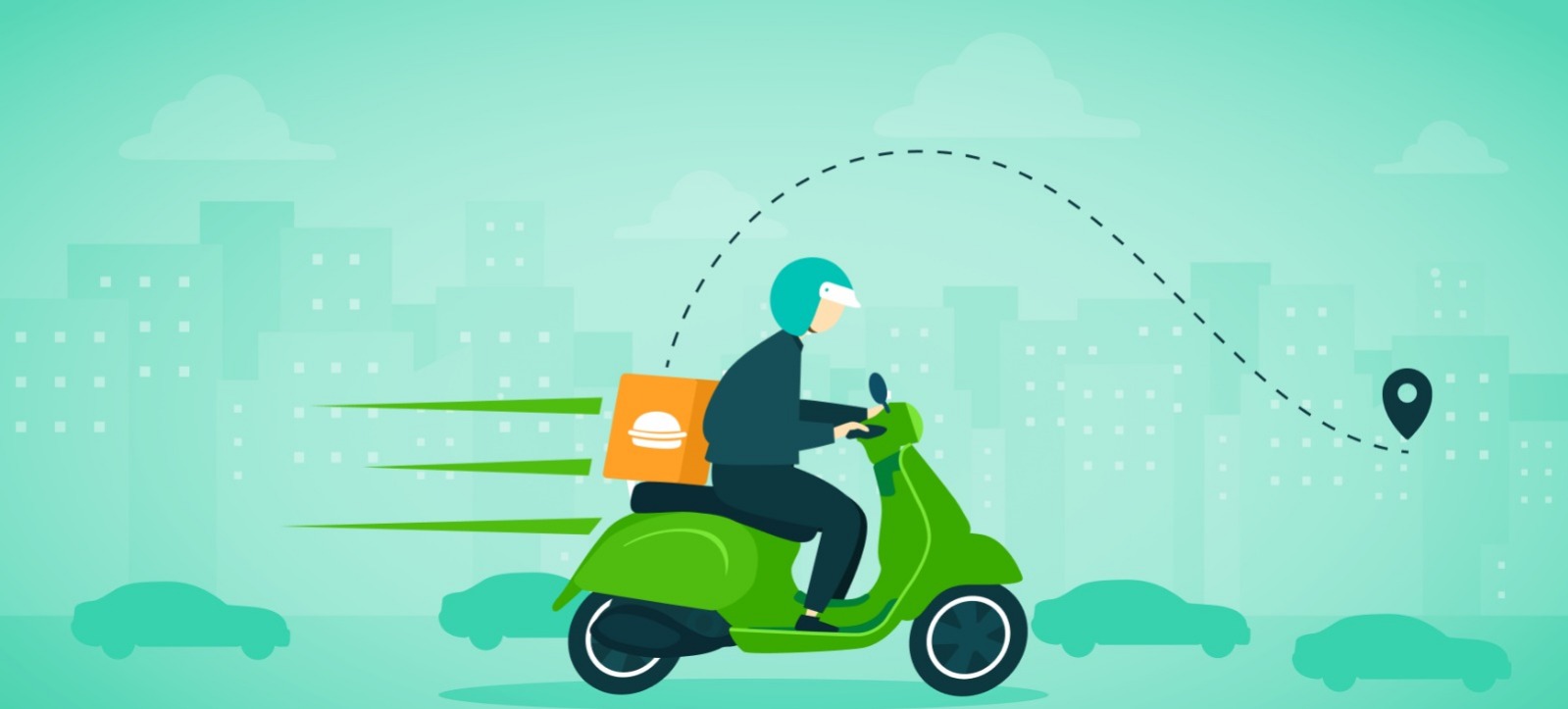Starting a food delivery service can be a lucrative venture, especially in today’s fast-paced world where convenience is key. However, like any successful business, it requires careful planning and strategy. A well-crafted business plan serves as a roadmap for your venture, helping you navigate the challenges ahead. Here’s how to create an effective business plan for your food delivery service.
1. Executive Summary
The executive summary is a snapshot of your business plan. It should be concise yet comprehensive enough to give readers a clear understanding of your venture.
Business Name and Location: Choose a catchy name that reflects your brand and specify where your business will operate. Consider local SEO strategies when selecting your name.
Mission Statement: Define your mission and what sets your service apart from competitors. Are you focused on organic ingredients, local flavors, or perhaps gourmet meals?
Objectives: List your short-term and long-term goals. For example, aim to achieve a specific number of orders per week within the first six months or expand your menu offerings after the first year.
2. Market Analysis
Conduct thorough research to understand the food delivery market in your area. This section should demonstrate your understanding of the landscape.
Target Market: Identify your ideal customers. Are they busy professionals, families, college students, or health-conscious individuals? Create customer personas to visualize your target market.
Competitor Analysis: Analyze your competitors. What are their strengths and weaknesses? What gaps can you fill? Consider conducting a SWOT analysis (Strengths, Weaknesses, Opportunities, Threats) to better understand your competition.
Market Trends: Stay updated on trends, such as the rise of plant-based meals, health-conscious options, and the increasing demand for contactless delivery. Use industry reports and surveys to back up your findings.
3. Business Model
Decide on your business model, as this will shape your operations and marketing strategies.
Delivery Options: Will you deliver directly, partner with third-party services like UberEats or DoorDash, or a mix of both? Consider the pros and cons of each option, including costs and customer experience.
Menu Selection: Outline the types of food you will offer. Consider dietary preferences (vegan, gluten-free, etc.) and seasonal menus. Include a few signature dishes that can become your brand’s hallmark.
Pricing Strategy: Determine your pricing model—will you charge delivery fees, or include them in the menu prices? Research competitors' pricing to ensure your prices are competitive yet profitable.
4. Marketing Strategy
Develop a marketing strategy to attract customers and build brand loyalty.
Branding: Create a strong brand identity, including a logo, color scheme, and voice. Your branding should resonate with your target market and reflect your unique selling proposition.
Online Presence: Build a user-friendly website and consider a mobile app for easy ordering. Optimize your website for search engines (SEO) to increase visibility.
Social Media: Utilize platforms like Instagram, Facebook, and TikTok to engage with your audience and showcase your offerings. Consider running promotions or contests to increase engagement. Collaborate with local influencers to reach a wider audience.
5. Operations Plan
Detail the day-to-day operations of your business to ensure efficiency and quality.
Location and Facilities: Choose a suitable location for your kitchen and storage. Ensure it meets health and safety regulations. Consider the logistics of food preparation and delivery routes.
Suppliers: Identify reliable suppliers for fresh ingredients. Establish relationships with local farmers or wholesalers to ensure quality and consistency.
Delivery Logistics: Plan how you will manage deliveries. Will you hire drivers or use a third-party service? Consider using route optimization software to minimize delivery times and costs.
6. Management Team
Introduce your management team and their roles, emphasizing their expertise.
Experience and Skills: Highlight the relevant experience of each team member. For example, if you have a chef with a culinary degree, mention it here.
Organizational Structure: Outline your business structure, including any partners or key employees. Consider creating an organizational chart to visualize roles and responsibilities.
7. Financial Projections
Provide detailed financial forecasts to demonstrate the viability of your business.
Startup Costs: List all initial expenses, such as kitchen equipment, licenses, marketing, and initial inventory. Consider creating a detailed budget to track these costs.
Revenue Projections: Estimate your expected revenue based on market research and pricing strategy. Consider different scenarios (best-case, worst-case, and most likely) to prepare for fluctuations.
Break-Even Analysis: Calculate how long it will take to cover your initial investment. This analysis will help you set realistic financial goals and expectations.
8. Appendix
Include any additional information that supports your business plan.
Market Research Data: Attach any surveys or studies you conducted. This adds credibility to your market analysis.
Resumes: Provide resumes of key team members, highlighting their qualifications and relevant experience.
Legal Documents: Include any necessary permits or licenses, along with contracts with suppliers or delivery partners.
Conclusion
Creating a business plan for your food delivery service is a crucial step toward success. It not only helps you clarify your vision and strategy but also serves as a valuable tool for attracting investors and guiding your operations. Take the time to research and refine each section, and you’ll be well on your way to launching a successful food delivery business.
Are you interested to know Marketing Strategies for Food Delivery Businesses: How to Stand Out
Read here : Marketing Strategies for Food Delivery Businesses: How to Stand Out
For more information contact : support@mindnotix.in
Mindnotix Software Development Company


 AI-Taxi App
AI-Taxi App AI-Food App
AI-Food App AI-Property Mgmt App
AI-Property Mgmt App AI-CRM
AI-CRM AI-Fantasy App
AI-Fantasy App
 Web Development
Web Development App Development
App Development Business & Startup
Business & Startup Hire Developer
Hire Developer
 Digital Marketing
Digital Marketing Lead-generation
Lead-generation Creative Agency
Creative Agency Branding Agency
Branding Agency Augmented Reality
Augmented Reality Virtual Reality
Virtual Reality Internet of Things
Internet of Things Artificial Intelligence
Artificial Intelligence Blockchain
Blockchain Chatbot
Chatbot



